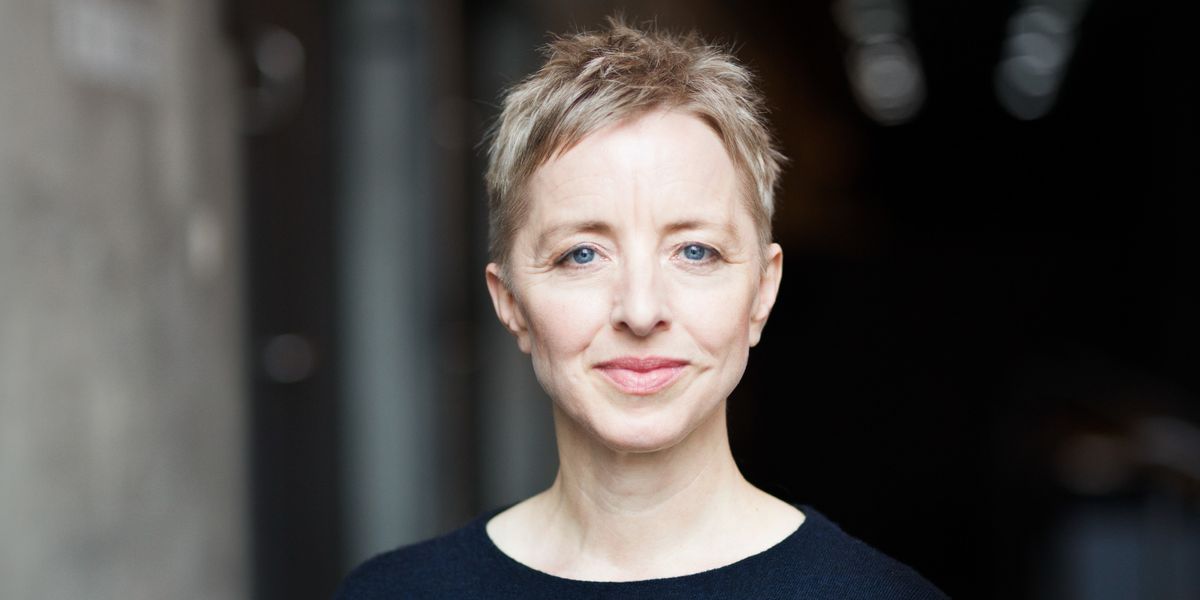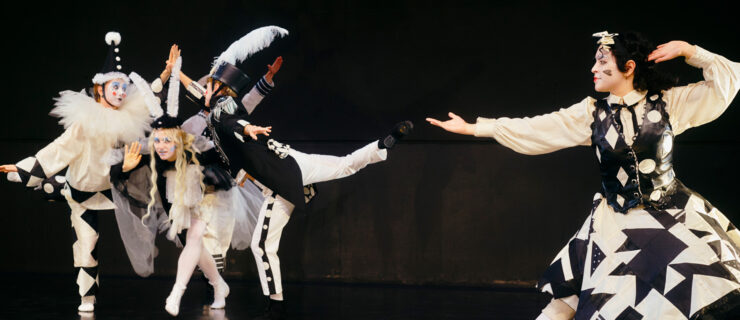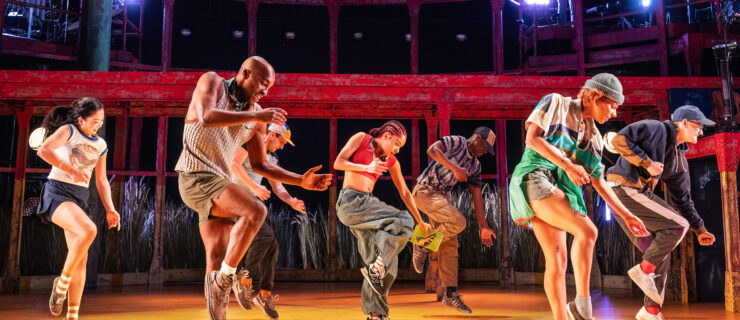This Mediator—And Former Forsythe Dancer—Uses Dance to Address Conflict
Can choreography solve social conflict? Dana Caspersen thinks it might. A veteran dancer with Ballett Frankfurt—which was run by her husband, William Forsythe—Caspersen now uses movement to help people around the world navigate disputes.
She promotes conflict resolution through teaching, writing and coaching, and develops choreographic methods that let groups address differences in nonverbal ways. Many of her projects center on participatory “action dialogues,” which allow groups as large as 250 to tackle fraught issues like racism and polarization.
She recently spoke to Dance Magazine about her work, and why she sees choreography as an appropriate vehicle to change minds.
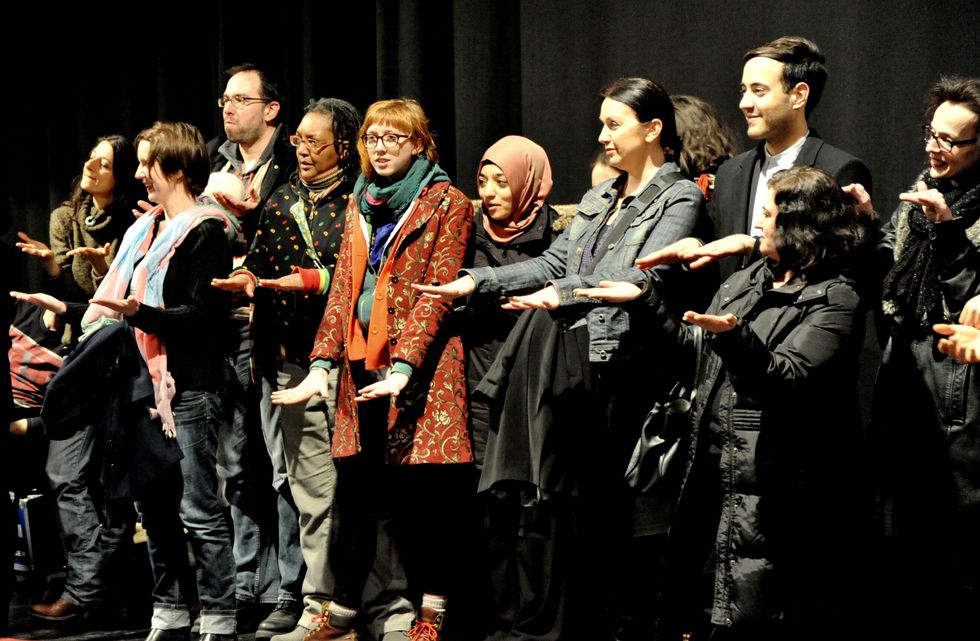
Caspersen’s project Knotunknot. Photo by Marion Borriss, courtesy Caspersen
Why she thinks we need to rethink conflict:
“We get stuck when we think of conflict as only a destructive thing. I think of conflict as the friction that occurs when we come together. It can arise in how you deal with other drivers, or handle the dishes with the person you live with. I’m interested in helping people build a capacity to be curious.”
How her work works:
“Theater works for a reason. The structures, the formality, the containment it brings, the conscious shaping of a vehicle for experience—these help people shift their thinking.”
“The work I’m doing is not dancing; it doesn’t require any skill. I work on larger structural questions—the organization of the room, context in the room. What’s a choreographic setup that functions as a system for communication—that enables anyone to step into it and not be wrong?”
“Think of choreography as organizing ideas physically. Any situation is organized physically, but we don’t always notice it, or choose those mechanisms. If you walk into a bank, for example, it’s organized physically in ways that prevent or enable certain actions.”
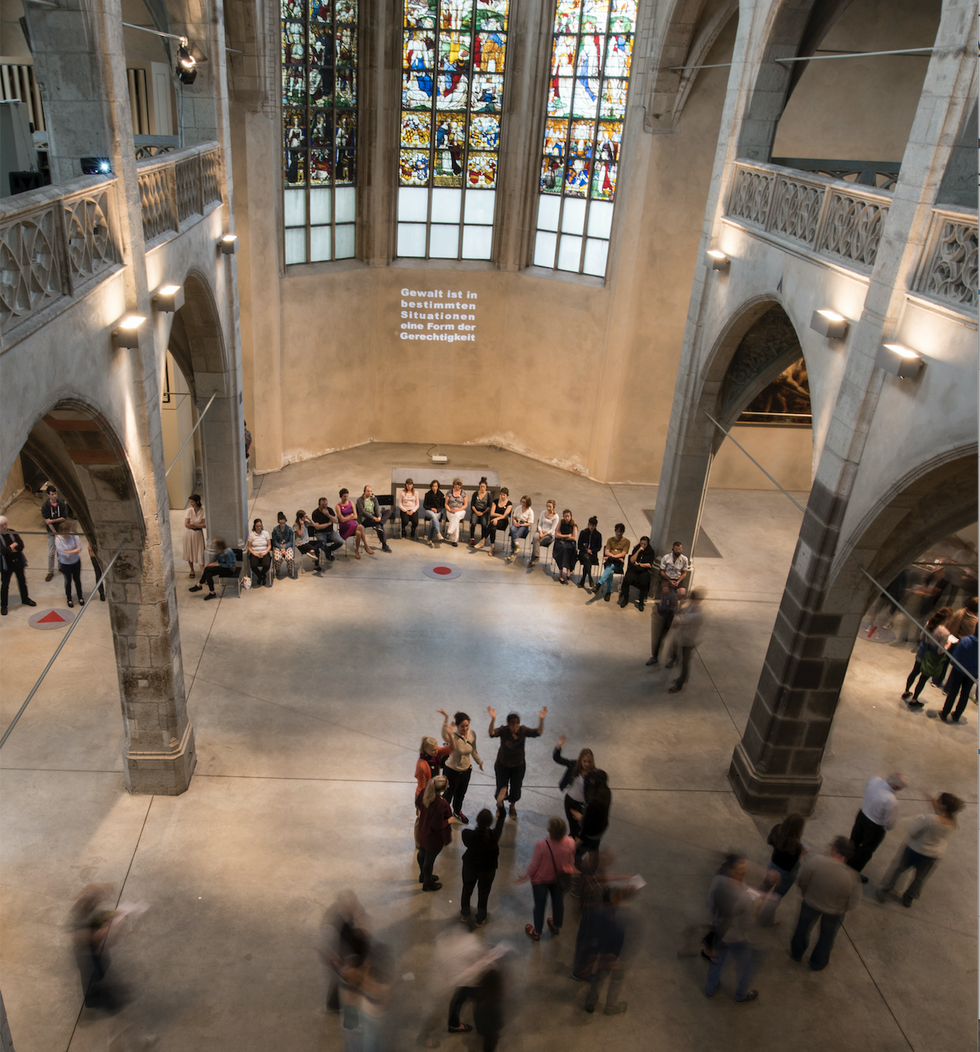
Caspersen’s project The Exchange. Photo by Almut Elhardt, courtesy Caspersen.
Ways that movement can change minds:
“With movement, we can create metaphoric relationships that allow people to understand things differently. It’s a more nuanced, internal experience. Sometimes the action provides an intimacy; sometimes it’s an abstraction that’s necessary. Sometimes, if you’re using physicality, you can get a sense of what everyone in the room is thinking.”
“A simple example is when people are walking together. The act of walking side by side, instead of sitting facing each other, allows them to have a proximity that is not confronting.”
“In our racism project, Under|Stand, there’s a section where people do physical mirroring. One person is answering questions with gestures, and the other people are taking on their actions. So you receive information that can’t be argued with, but you learn something from them.”
Why her background as a performer enriches her:
“I’m finding more and more that I’m valuing my experience as a performer. Performers hold seemingly contradictory truths together. Their job is to find a thread that allows a pathway through different layers of friction, direction and intention in an overall work—to be certain that there is a way forward.”
